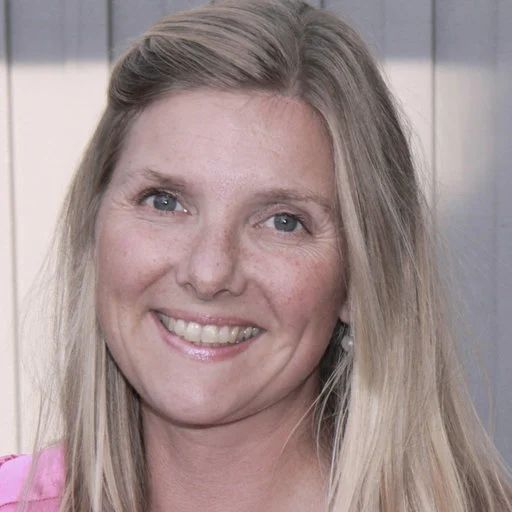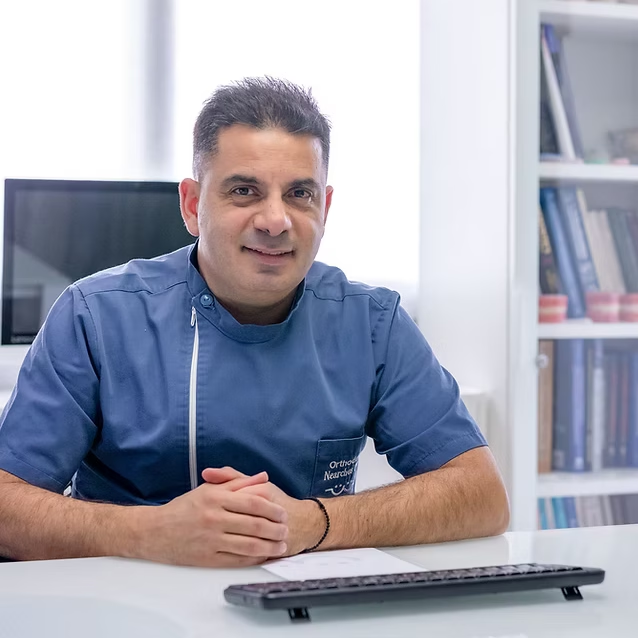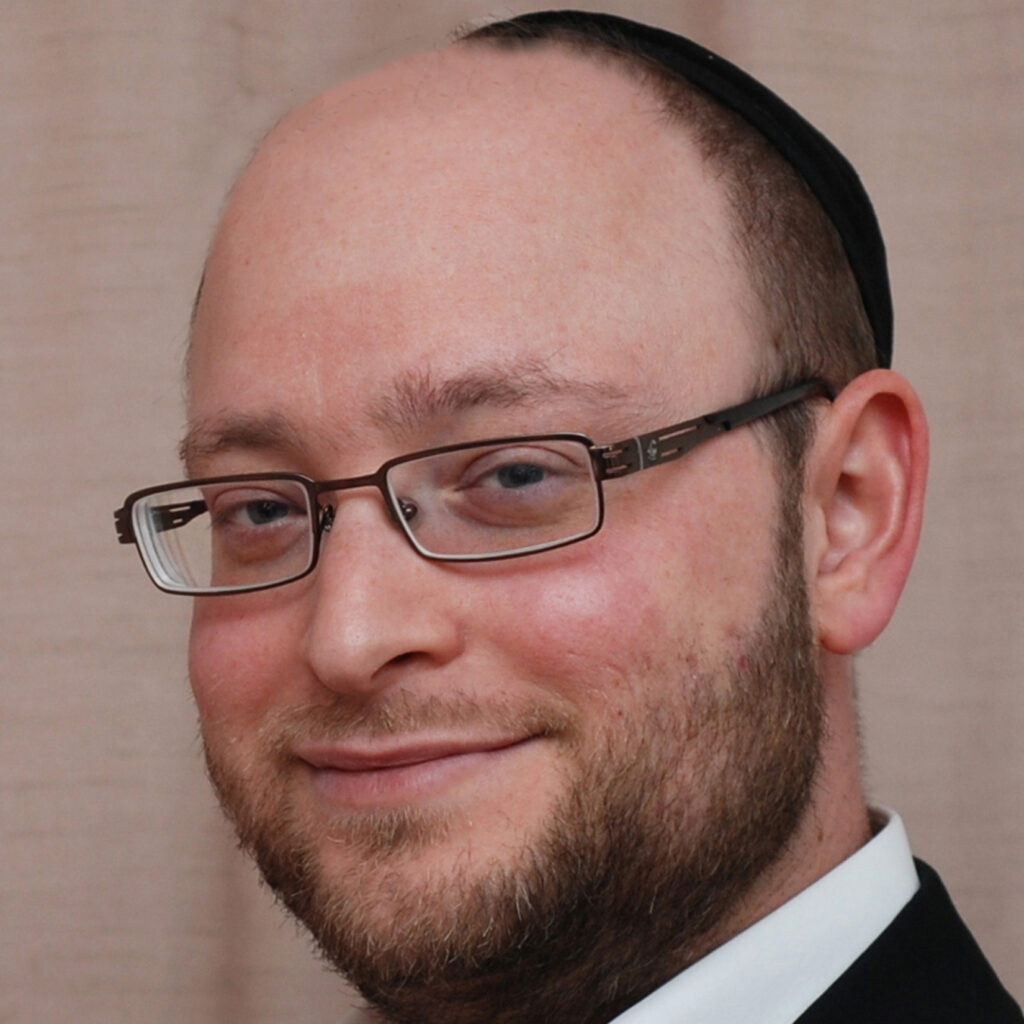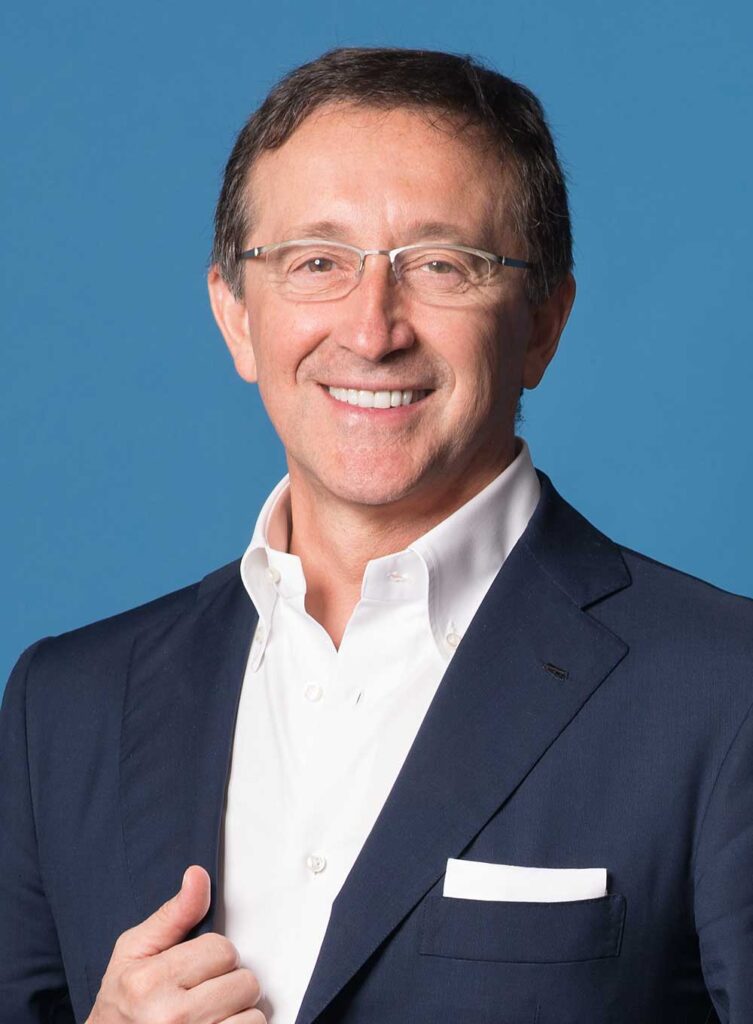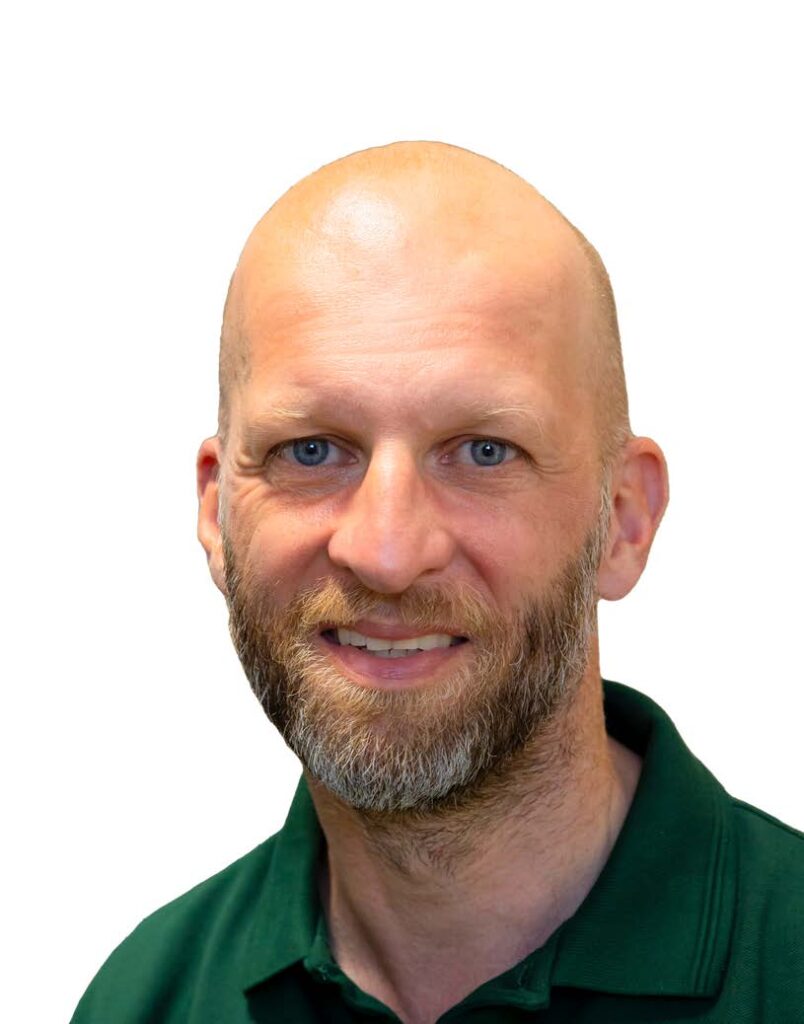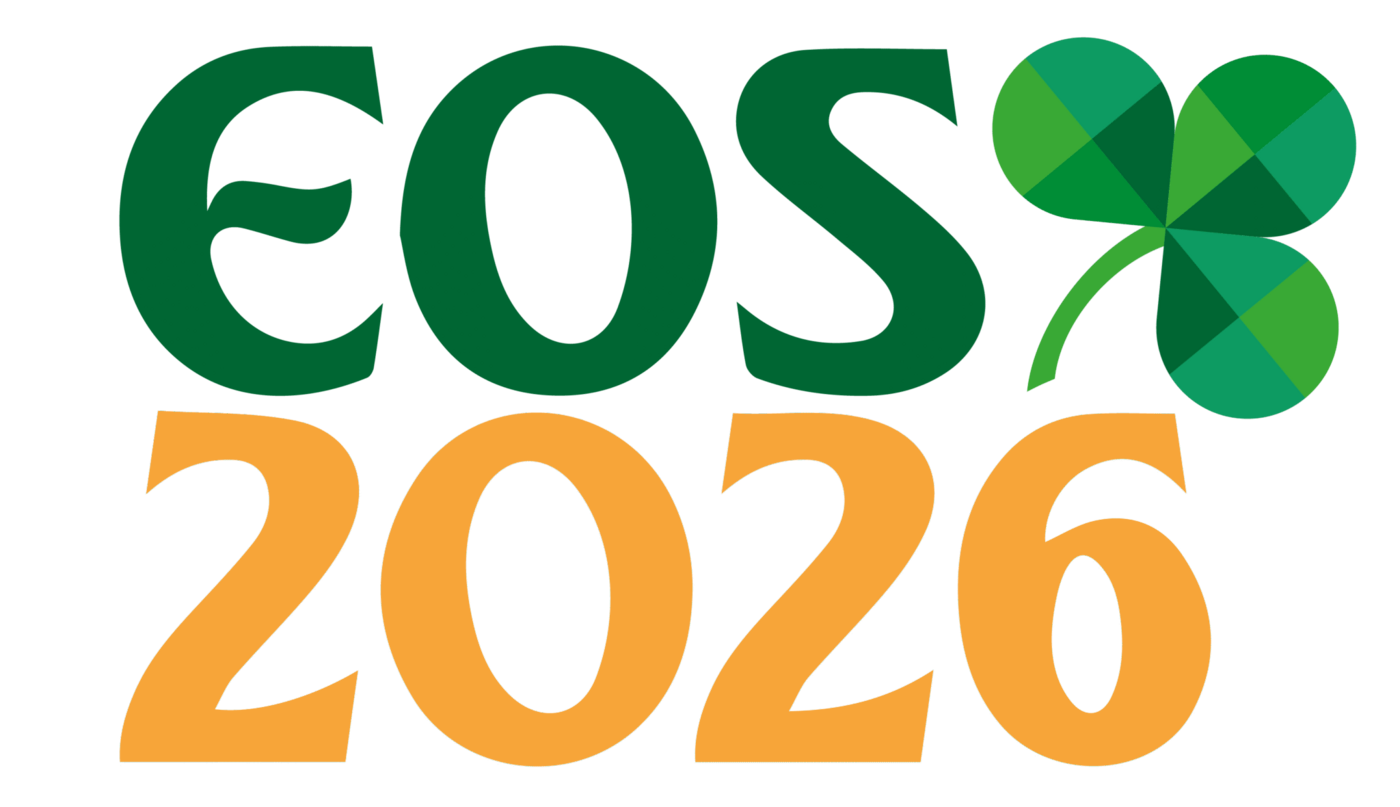Germany
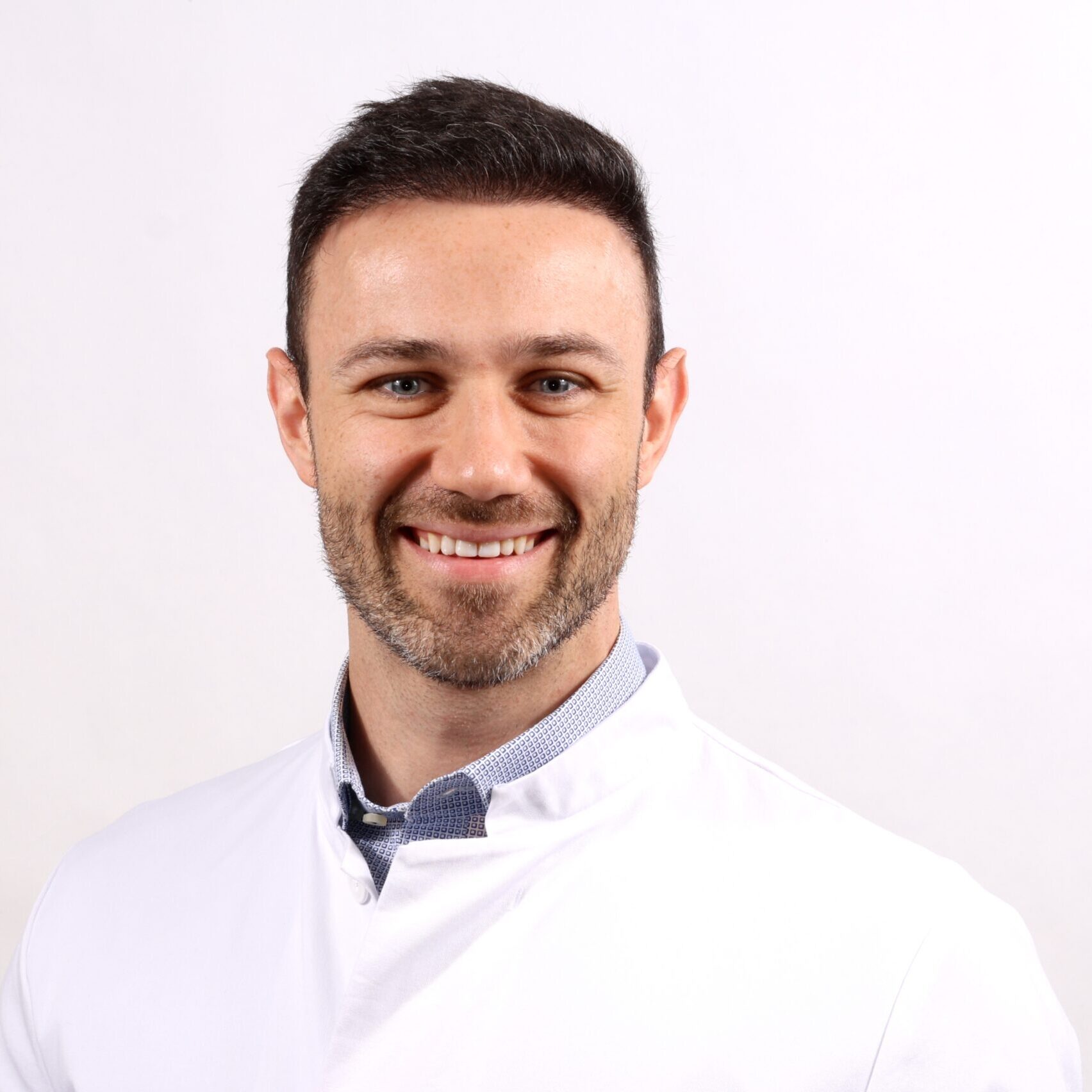
Maximilian Kueffer
Speaker Biography
Dr. Maximilian Küffer is a specialist in orthodontics and a senior consultant at the Department of Orofacial Orthopaedics and Orthodontics, University Hospital Düsseldorf, Germany. He leads the Section for Craniofacial Anomalies and is actively involved in both undergraduate teaching and postgraduate training. Internationally recognised for his expertise in digital orthodontics, Dr. Küffer focuses on CAD/CAM appliance design and the clinical application of skeletal anchorage systems.
He earned his dental degree and doctoral degree in dental materials science from the University of Tübingen, before completing his specialist orthodontic training in private practice and at the University Hospital Düsseldorf. He was certified as a Specialist in Orthodontics and subsequently appointed Senior Consultant.
Dr. Küffer’s work centres on the development and clinical integration of innovative digital workflows, particularly those involving TAD-supported appliances. He is a frequent speaker at national and international conferences and has conducted numerous hands-on training courses worldwide. His clinical activities aim to improve treatment efficiency, precision, and patient-specific care through customised biomechanics, merging advanced digital design with evidence-based orthodontic practice.
Course Details
CAD/CAM for Skeletal Anchorage – Customised Solutions for Everyday Problems
Skeletal anchorage and digital orthodontics have each transformed clinical practice. When combined through CAD/CAM technology, they now provide customised solutions for clinical challenges ranging from routine anchorage requirements to complex biomechanical demands. While many cases can be managed with standard appliances, certain anatomical variations, treatment objectives, or force requirements necessitate bespoke designs beyond conventional options.
This lecture outlines a streamlined digital workflow integrating temporary anchorage devices (TADs) with digital design and additive manufacturing. The approach supports both fixed appliance systems and their combination with removable appliances and aligners, expanding the spectrum of treatable cases. A key focus is on preventing unwanted dental side effects through optimised force systems and evidence-based biomechanics.
Delegates will observe how single-batch manufacturing can produce fully individualised appliances, constrained only by the clinician’s creativity. Clinical examples will demonstrate applications from everyday anchorage reinforcement to innovative management of complex skeletal discrepancies.
By merging skeletal anchorage with digital design and manufacturing, clinicians can enhance treatment efficiency, broaden therapeutic options, and deliver truly personalised orthodontic care – applying customised biomechanics to address both routine and challenging problems in contemporary practice.
Learning outcomes
- Understand the role of digital diagnostics as the foundation for CAD/CAM appliance design and manufacturing.
- Learn the capabilities and limitations of additive manufacturing for both fixed and removable orthodontic appliances.
- Compare material properties and biomechanical behaviour of 3D-printed appliances to optimise clinical performance.
- See how single-batch appliance design and production can be limited only by the clinician’s creativity.
- Gain practical ideas for innovative treatment concepts by integrating digital workflows, skeletal anchorage, and customised biomechanics.
Presentation
CAD/CAM for Skeletal Anchorage – Customised Solutions for Everyday Problems
CAD/CAM for Skeletal Anchorage – Customised Solutions for Everyday Problems
Other Speakers
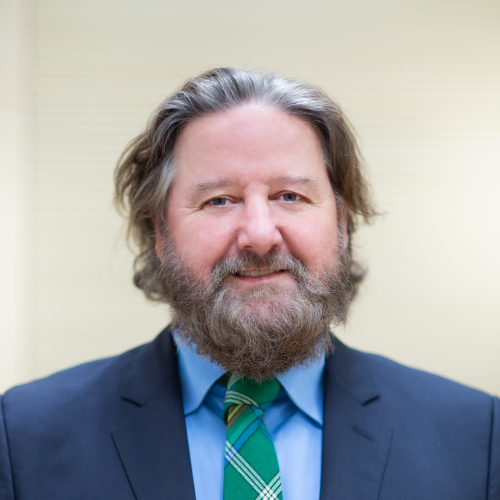
Colman McGrath is a Clinical Professor and the Chief of the Applied Oral Sciences &...
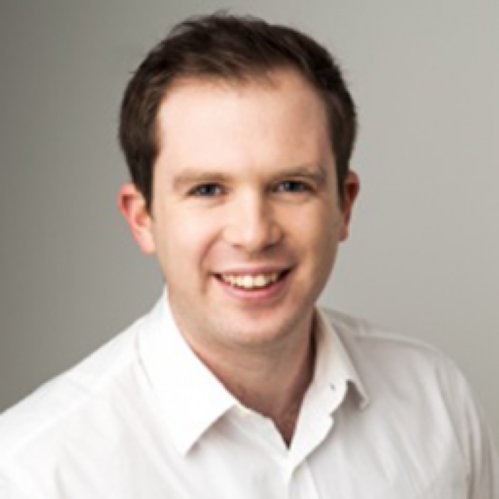
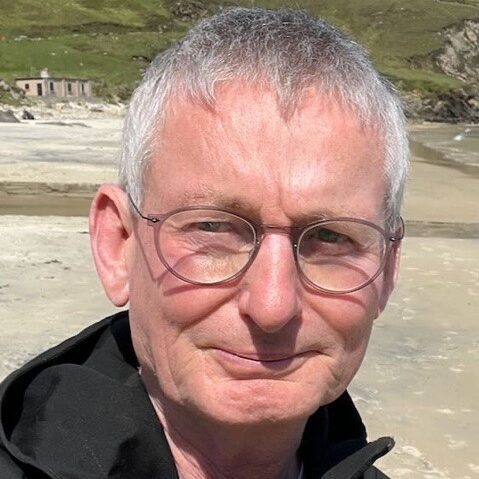
Kevin O’Brien Emeritus Professor of Orthodontics at the University of Manchester UK.
Kevin was appointed...
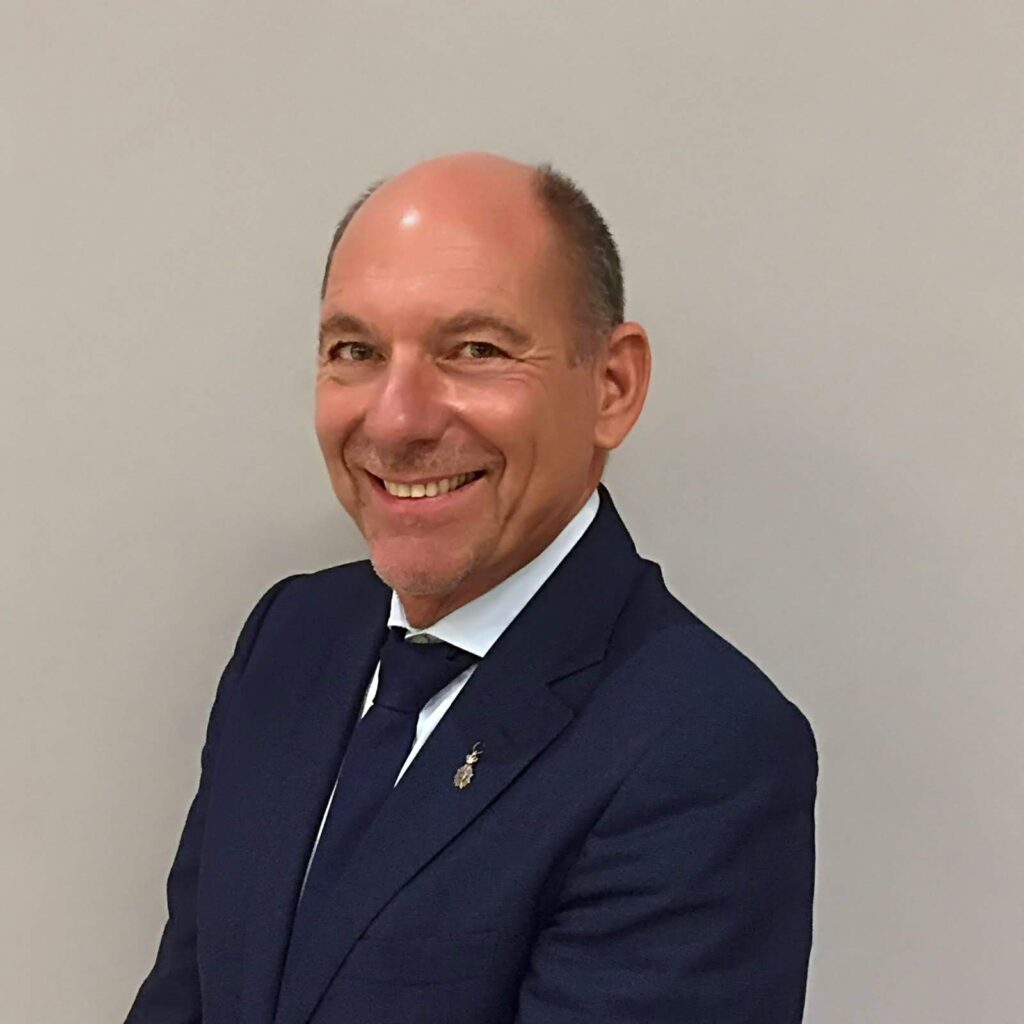
Prof. Bart Vande Vannet is Professor of Dento-Facial Orthopaedics at the Université de Lorraine, Nancy,...
